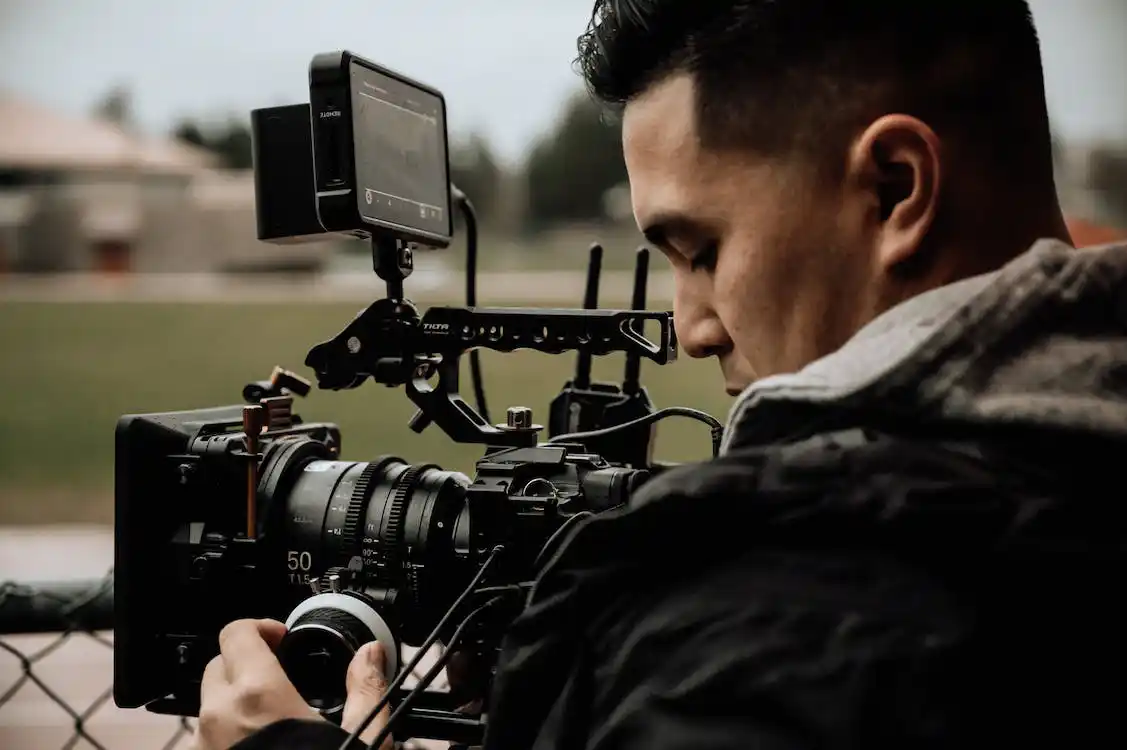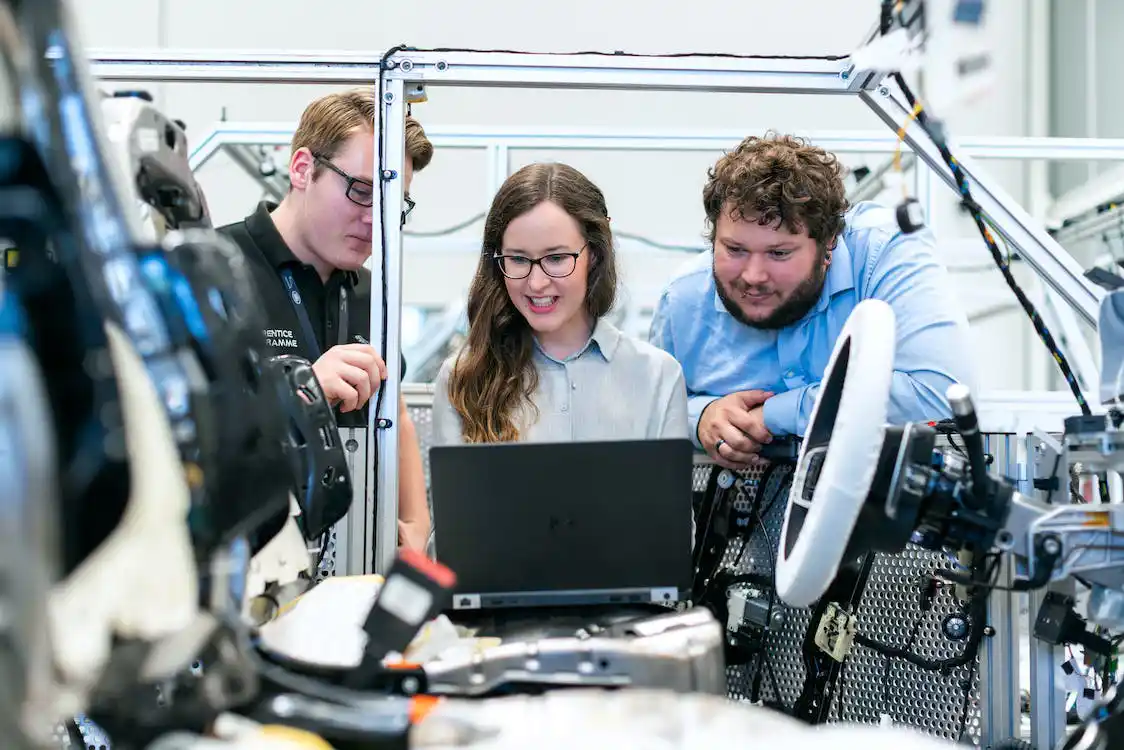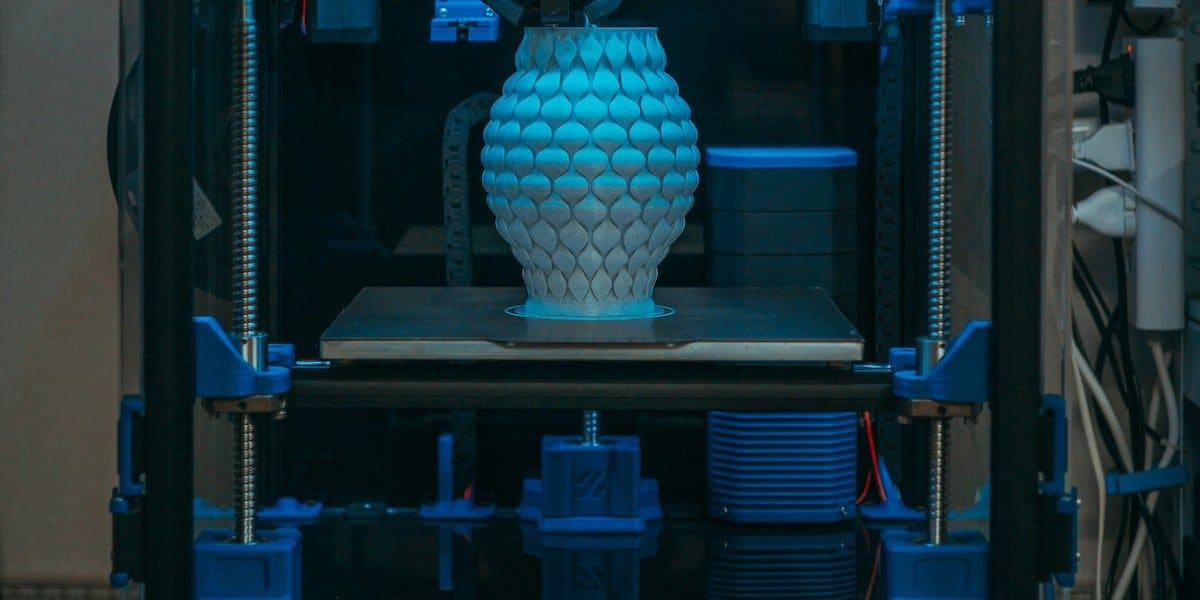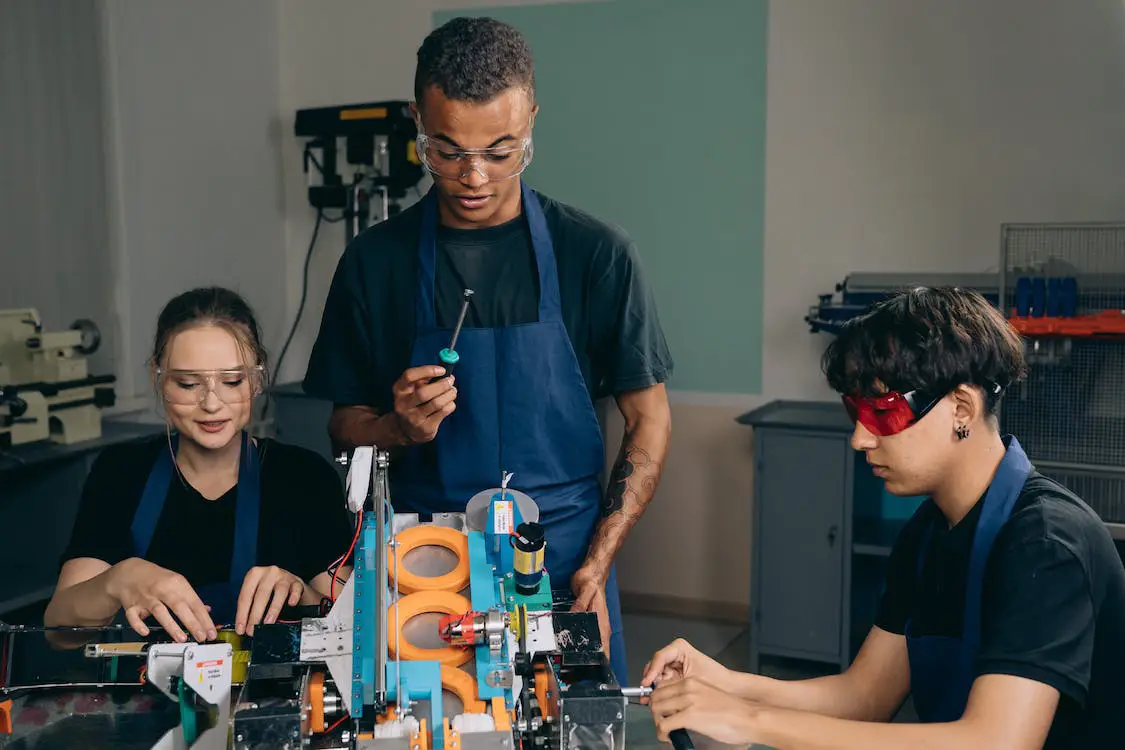The film industry has undergone significant changes over the years, with technology playing a major role in its evolution. From the early days of silent films to today’s blockbusters, technology has transformed the way movies are made, distributed, and consumed. In this article, we will explore the impact of technology on the film industry and how it has shaped the way we experience movies.
Technological Advancements in Filmmaking
One of the most significant impacts of technology on the film industry is the advancements in filmmaking equipment. The development of cameras, sound equipment, and editing software has made it easier for filmmakers to create high-quality movies. For instance, the introduction of digital cameras has made it possible for filmmakers to shoot movies in high definition, giving the audience a more immersive viewing experience.
Editing software has also made post-production more efficient, allowing filmmakers to edit movies quickly and easily. This has led to the creation of more complex and visually stunning movies. Additionally, the development of computer-generated imagery (CGI) has enabled filmmakers to create special effects that were previously impossible, such as creating entire worlds or bringing extinct animals back to life.
Impact on Movie Distribution
The rise of technology has also had a significant impact on how movies are distributed. In the past, movies were only shown in theaters, and audiences had to wait months or even years for a movie to be released on home video. However, the advent of streaming services has changed this. Today, audiences can watch movies on their TVs, computers, or even smartphones, without having to leave their homes. This has made movies more accessible and convenient for audiences, but it has also had an impact on the traditional movie theater experience.
Furthermore, the growth of social media has given filmmakers new ways to market and promote their movies. Platforms like Twitter, Facebook, and Instagram allow filmmakers to connect with audiences and create buzz around their films. This has made it easier for independent filmmakers to gain exposure and reach new audiences.
Changing Movie-Going Habits
The rise of technology has also changed the way audiences experience movies. The availability of movies on streaming services means that audiences can watch movies on their own schedules, rather than having to go to a theater at a specific time. Additionally, the use of smartphones and tablets during movies has become increasingly common. While some argue that this detracts from the movie-watching experience, others see it as a way to enhance it by allowing viewers to interact with the film in new ways.
Moreover, the use of virtual reality (VR) has the potential to revolutionize the movie-watching experience. VR technology can transport viewers into the world of the movie, creating a more immersive and engaging experience. While this technology is still in its early stages, it has the potential to change the way we watch movies.
Conclusion
In conclusion, technology has had a significant impact on the film industry, from advancements in filmmaking equipment to changes in movie distribution and audience habits. While some may argue that technology has detracted from the traditional movie-going experience, it has also created new opportunities for filmmakers to tell stories and reach audiences in innovative ways. As technology continues to evolve, it will be interesting to see how it will shape the future of the film industry.
Best Articles
Read about Film Industry















1 Comment